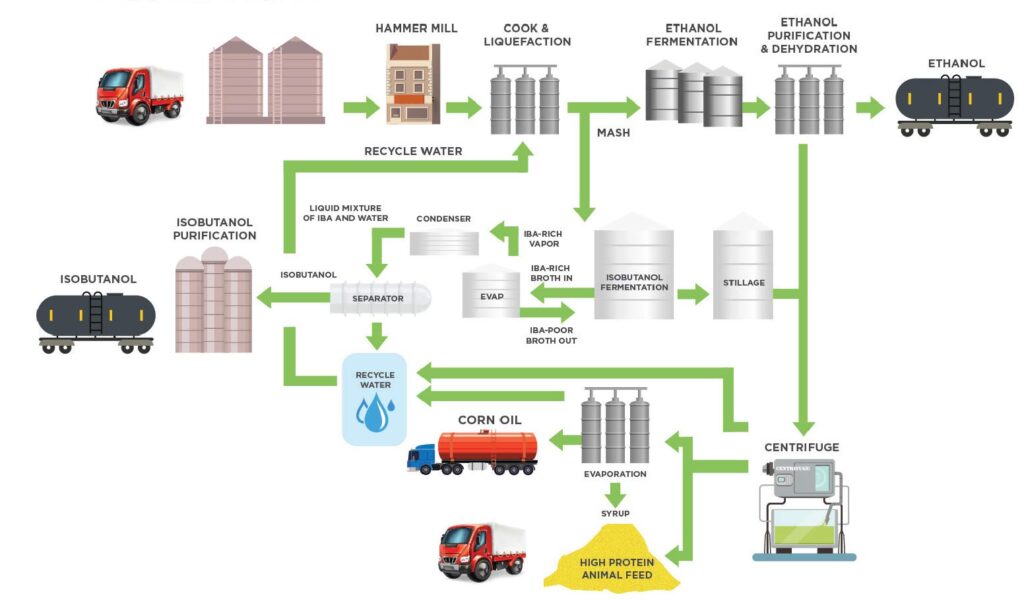Isobutanol is a basic building block we use to create many advanced renewable fuels—the next generation of biofuels, with great commercialization potential.
Yet isobutanol has an enormous market in its own right. The market for ethanol-free (E0) gasoline is estimated by the U.S. Energy Information Administration (EIA) to be about 5 billion gallons per year, outside of reformulated gasoline (RFG) regions. RFG areas are required to sell gasoline containing an oxygenate. Until recently, ethanol was the only gasoline oxygenate available. Gevo’s isobutanol enables ethanol-free gasoline in RFG areas.
When RFG regions are included in the market size estimation, the total ethanol-free market is expected to be about 7 billion gallons per year—and that’s a lot of potential. Who is interested in buying this E0 gasoline? Owners of boats, small engines, sports cars, luxury cars, and farmers.

Some interesting considerations:
The American gasoline market is estimated at over 140 billion gallons per year (BGPY)
The estimated market size of clear gasoline (E0) is 5.3 BGPY
The RFG market is 30% of the total market or 42 BGPY
Currently, clear gasoline can’t be sold in RFG areas because it doesn’t contain an oxygenate.
Isobutanol enables ethanol-free gasoline markets in RFG areas. To calculate the market size, apply the same ratio that E0 has in non-RFG markets to RFG markets, so the size of RFG E0 market would be about 2,271 MGPY.
Gevo’s Bio-Based Isobutanol Production Process Explained
Ethanol production plants are looking for new ways to add products to their production capability as a way to increase margin at their site. Gevo’s Luverne, MN, facility has exercised one of those options by producing isobutanol alongside ethanol in a side-by-side operation since 2014. Various streams in the plant are shared between the operations to minimize capital and operating cost.

